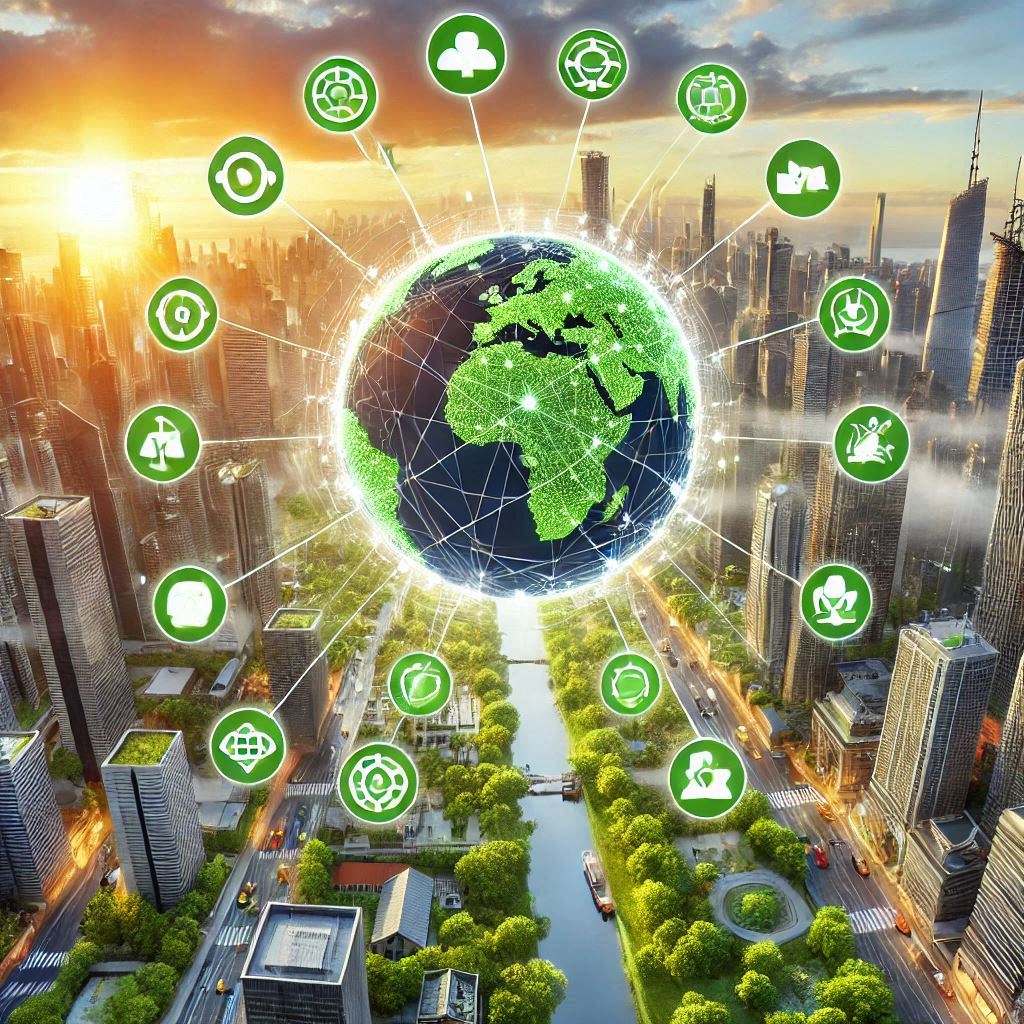Climate change refers to long-term shifts in global weather patterns and average temperatures.
It occurs when the Earth’s climate system is altered, primarily due to human activities that release greenhouse gases into the atmosphere.
How does climate change work?
Climate change works by altering the Earth’s natural balance of heat retention and release.
Normally, the Earth receives energy from the Sun and releases some of it back into space. However, certain gases in the atmosphere, called greenhouse gases, trap some of this heat, keeping the planet warm enough for life.
Human activities, especially burning fossil fuels and deforestation, increase the concentration of greenhouse gases in the atmosphere. This enhanced greenhouse effect leads to more heat being trapped, causing the planet’s average temperature to rise over time.
How are humans impacting climate change?
Humans are the primary drivers of current climate change. Our activities release large amounts of greenhouse gases, particularly carbon dioxide, into the atmosphere. The main sources include:
- Burning fossil fuels for energy
- Deforestation and land-use changes
- Industrial processes
- Agricultural practices
NASA and other scientific organizations have observed significant increases in atmospheric greenhouse gas concentrations since the Industrial Revolution. This has led to a rise in global average temperatures, often referred to as global warming.
What are the effects of climate change?
Climate change has wide-ranging impacts on our planet:
- Rising temperatures: Global average temperatures are increasing, leading to more frequent and intense heatwaves.
- Changing precipitation patterns: Some areas experience more rainfall and flooding, while others face increased droughts.
- Extreme weather events: Hurricanes, storms, and wildfires may become more frequent or severe.
- Sea-level rise: Melting ice and thermal expansion of oceans cause sea levels to rise, threatening coastal areas.
- Ecosystem disruption: Many plant and animal species struggle to adapt to rapidly changing conditions.
What can be done to address climate change?
Addressing climate change requires both mitigation (reducing greenhouse gas emissions) and adaptation (adjusting to the changes already occurring). Some key strategies include:
- Transitioning to renewable energy sources like solar and wind power
- Improving energy efficiency in buildings, transportation, and industry
- Protecting and restoring forests and other natural carbon sinks
- Developing climate-resilient infrastructure and agriculture
- Implementing policies to reduce greenhouse gas emissions
Individual actions, such as reducing energy consumption, using sustainable transportation, and making eco-friendly consumer choices, can also contribute to combating climate change.

